We’re sure that many readers are asking themselves why you should apply terpenes (cannabis aromas) to cannabis or hemp flowers (buds). In this post we’re going to explain the main reasons and advantages.
The Importance of Cannabis Terpenes
Terpenes are the aromatic part of the essential oils present in Cannabis plants, as well as most other plants, flowers and fruit. These molecules can be physically found in flower trichomes alongside THC, CBD, CBG etc. The main function of terpenes is essentially biological, as they’re designed to protect your plants from pests, insects and bacteria.
Terpenes also influence the effects produced by cannabis when consumed; these molecules enter in a type of synergy with cannabinoids, modifying and modulating their effect (entourage effect).
What does this mean? Have a look at this example:
Imagine two strains with the exact same proportion of cannabinoids, let’s say 18% THC and 0.5% CBD. One of them has a stimulating and creative effect, and the other has a more relaxing effect. Why? Simply because, depending on the terpenes present in the plant and their proportions, you’ll perceive different effects. You could say that the aromatic profile (terpene profile) of each plant modifies the effects of its cannabinoids.
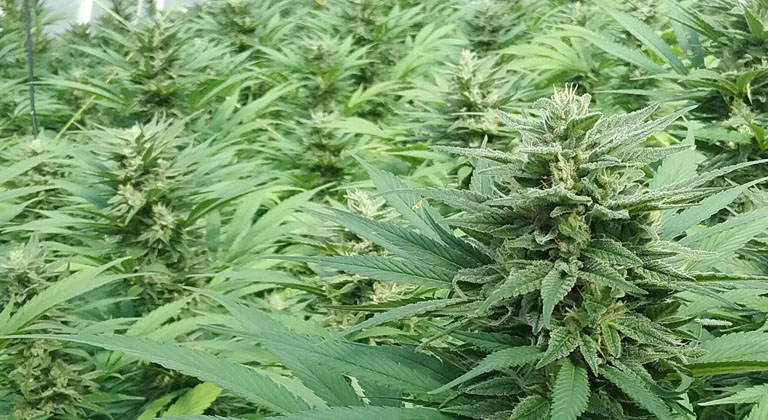
What are the Main Cannabis Terpenes
To date, over 100 terpenes have been identified in all analyzed cannabis strains. Each strain may contain between 20 and 50 different terpenes. Main terpenes, those which are found in larger quantities in cannabis plants, tend to be:
Plus, there are many other terpenes that make up cannabis terpene profiles, although these are some of the most common terpenes in almost all profiles.
Terpenes: More Than an Aroma
Each terpene (limonene, myrcene etc.) has its own properties, effects and benefits, especially when it comes to areas such as aromatherapy, as well as medicinal and legal cannabis.
Limonene, for example, is defined as a natural energizer and various studies show that it can contribute to improving moods. It also has anti-fungal and anti-inflammatory properties.
There are also clinical studies that show that Linalool is a highly efficient calming agent. It also has anti-inflammatory, anti-bacterial and painkilling properties.
However, complications arise when it comes to determining the effects of certain terpenes when various terpenes are found in different proportions, just like in cannabis plants, because they interact with each other and some may be more predominant than others.
What we know is that terpenes play an important role in determining the effect that different cannabis strains have, which means that alongside cannabinoids, they can modulate or even increase their effects.
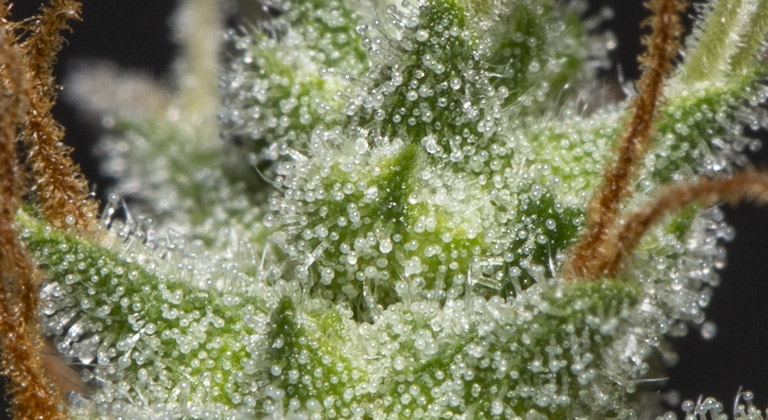
Even though it’s not always easy to predict the effect that each terpene profile has, we have been able to identify certain combinations that can cause certain effects.
Consuming cannabis strains has also allowed us to understand how different terpene combinations affect the body and mind. An example of this is Super Lemon Haze, a strain that’s been known for decades for its intense citric aroma and stimulating effect. There are many strains that have the same THC or CBD levels as this strain, but the deciding factor for stimulating or relaxing effects lies in their aromatic profile (terpene profile or proportion).
The result of this synergy is know as the entourage effect, and it essentially leads to an increase in effectiveness and the effects produced by cannabis due to the plant’s terpene and cannabinoid combination.
This can also be explained as followed; if a bud has a low terpene count (for whatever the reason), it will have a smoother and less potent effect than a bud from the same strain but with the correct amount of terpenes.
Why do Terpenes Degrade or Evaporate from Buds?
The conditions of your grow directly influence the final terpene count in your plants, which dictates the intensity of their buds’ aroma and flavor.
There are also many variables that even the most experienced grower can’t control and can have such an effect:
Genetics
Nowadays there are thousands of cannabis strains, some more popular than others, and some with a larger cannabinoid and terpene count than others.
As a rule of thumb, photoperiodic plants rich in THC (the most common type), tend to produce a more intense aroma than strains rich in CBD, although the hybridization process over the last few years have begun to improve their aroma.
Autoflowering plants tend to have more aroma than those rich in CBD, although there are still some out there with a much smoother terpene profile than photoperiodic THC rich strains due to the presence of Ruderalis genes. However, these types of strains are constantly improving.
However, there are strains that may simply have a softer aroma regardless of how well they’re grown.
Growing
The conditions of your grow can massively influence your buds’ quality such as aroma and flavor. In order to get the most aromatic cannabis possible, you’ll need optimal growing conditions and parameters. Here are some of the factors to keep in mind and under control in order to preserve terpenes:
- Nutrients: organic and environmentally-friendly nutrients usually make for more intense and longer lasting aromas.
Excess fertilizers, especially if you use mineral products with no organic ingredients, deteriorate the aroma and flavor in cannabis flowers.
- Temperature: keeping the minimum and maximum temperature in your grow under control is an essential factor if your want your grow to be successful. High temperatures or drastic changes in temperature can cause terpene loss in cannabis plants.
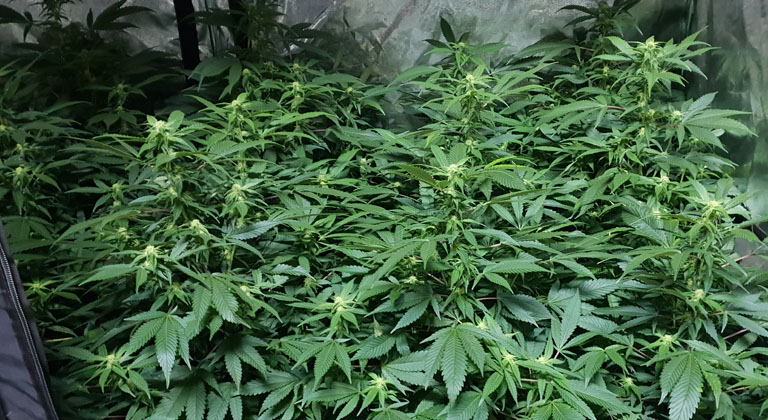
The ideal way to go when it comes to indoor growing is to ensure that the minimum temperature (with lights off) doesn’t go below 20°C during the growth and flowering stage (when in the last stages of maturity, you can decrease the temperature slightly for better results). With the lights on, the temperature should be at about 23 – 24°C.
HPS and LEC lighting can generate quite a lot of heat, so if they’re too close to your plants, they’ll begin to lose terpenes. The best type of lighting for preserving aromas is LED lighting; there are models on the market that provide high yields with cannabis and hardly produce any heat.
However, in indoor growing you’ll need to keep in mind that sometimes changes in the outdoor climate can directly influence your indoor grow. Foe example, if you have an average temp. of 23°C in your grow room and it’s 20°C outside but one day the temperature goes up dramatically and you don’t have an AC unit, the temperature will increase rapidly.
In outdoor grows you’ll be depending directly on nature, but you can stop your plants from heating up too much by raising them up from the ground so they aren’t getting any direct heat, placing them in an airy area, using white or fabric flowerpots to keep the roots fresh etc.
- Humidity: during the growth stage, your cannabis plants need high humidity (approx. 65%, around 80% for seedlings and clones).
However, during the flowering period in order to avoid fungi from spreading among your flowers, they’ll need lower humidity (below 50% would be ideal).
Sudden changes in humidity, as well as excessive or not enough humidity, can also cause a decrease in terpenes. It’s important to keep your growing area well ventilated, although not excessively so, in order to keep humidity down. An excessive ventilation, both indoors and outdoors, can also cause terpene loss.
- Other factors: Plus, there are other factors when it comes to growing cannabis that can affect the quality of its aroma, such as:
Rain or frost on outdoor flowers, insect infestations such as spider mites or white flies, fungi such as oidium, or simply spraying your buds to prevent infestations.
Drying
Growing cannabis doesn’t end after harvesting; drying your flowers is one of the most important steps to keep in mind when it comes to aromatic quality.
We recommend taking your time with this process; if you dry them too fast, for example using fans, you’ll end up losing quite a lot of terpenes, which will leave you with cannabis that has less aroma, flavor and effect.
You’ll need to be patience and respect drying times. Generally, and if you have a relative humidity of around 50 – 60% in your drying area, your plants should be dry at around 15 days from hanging them, although they can take more.
From this moment onwards you can begin to remove the leaves from your flowers so you just have buds left. Rapid changes in humidity during this process can also severely affect the aromatic intensity of your buds.
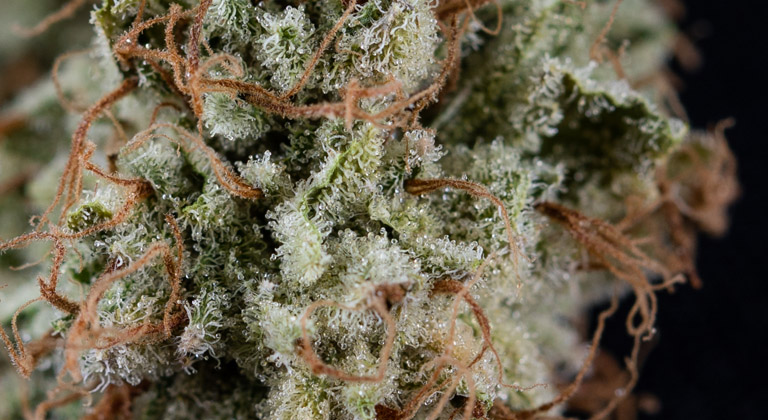
Advice for Correctly Drying Cannabis Flowers
- Avoid light hitting the flowers; during the drying process there should be no light.
- Try and keep humidity in your growing room between 55 – 65°C during the first 15 days.
- Keep the temperature in your drying room between 15 and 20°C; terpenes will begin to evaporate faster at higher temperatures.
- Avoid rapid changes in temperature.
- Make sure to refresh the air in your drying room every day.
- Don’t use fans or dehumidifiers to dry your plants unless humidity is too high, in which case we recommend secondary ventilation without directly hitting the plants.
- Don’t let your cannabis dry out too much – don’t let it lose more than 70% of its total humidity.
- In order to cure cannabis and conserve its terpenes, we recommend placing them in a dark, cool area once they’re dry; glass jar, vacuum sealed containers or bags etc.
How to Preserve Terpenes in Cannabis Flowers
Here’s an overview of what you should do to avoid making the previously mentioned mistakes:
- Choose high quality strains.
- Keep climate and nutritional factors under control.
- Dry your flowers correctly.
If you can keep these parameters under control, you’re likely to end up with cannabis that has the right terpene content, which makes for a more intense aroma, longer-lasting flavor and an optimized effect.
Why Add Terpenes to Your Buds?
As we said earlier, even the most experienced cannabis grower can end up with a less than ideal harvest in as far as aroma and flavor, although this has a solution.
Benefits of Adding Terpenes to Cannabis and CBD?
If the strain that you’re growing has been grown and dried properly and is of high quality, it will probably have enough terpenes, so you don’t need to add any extra terpenes.
However, if for whatever reason, your flowers end up with a lacklustre aroma, you can add terpenes to your buds. They can:
- Increase the aroma and flavor of your buds.
- Increase the effect of the cannabinoids present (entourage effect).
- Allow you to recover buds with high cannabinoid content that have lost their aroma.
How to add terpenes to cannabis flowers
Whether they’re buds with a high THC, CBD or CBG content, or any other cannabinoid, in order to apply terpenes the fastest, most efficient and simplest method is to use Terps Spray.
Plus, another benefit of using Terps Spray is that it provides an even result thanks to it pure terpene micro-sprayer.
Practical advice for Terps Spray
If you want the best possible results from adding terpenes to your buds, follow these steps:
- Spread out your buds as much as possible, don’t pile them up.
- Spray your dry flowers at about 35 – 45cm, making sure to make a quick, even movement over the buds so that certain areas don’t get too much.
- Once the final product has been sprayed (on both sides), store your buds in an airtight container in order to make sure the aroma spreads evenly.
- After spraying we recommend letting it sit in the container for 24h for the most even spread in your flowers.
In order to make the most of Terps Spray, we recommend taking a second to look at our tutorial videos and blog posts:
How to add terpenes to buds using Terps Spray:
Terps Spray tips and tricks:
If you want to discover more about this amazing terpene applier, visit our post What is Terps Spray and how to use it.
How to choose the correct aroma?
In order to choose the most appropriate aroma, you’ll need to keep in mind certain factors:
- If your cannabis doesn’t have much aroma but you can still perceive some of it, try and choose an aromatic profile that’s similar to the strain for a more natural result.
For example, if you have an Amnesia strain and it doesn’t have much aroma, use Terps Spray Amnesia or something similar such as Gypsy Haze; you probably shouldn’t go for something entirely different like Gelato or Holy Grail Kush.
- If your bud has lost all of its aroma, or if the strain grown generally doesn’t have much of an aroma, you can choose your preferred terpene profile.
- At Cali Terpenes we have a wide range of cannabis terpene profiles in spray format in order to cover the wide range of aromas that cannabis plants can offer.
Recommended Terpene Quantity
The right amount of terpenes will guarantee that your cannabis has a decent aroma, flavor and effect. However, an excess of terpenes can be quite unpleasant, so you’ll need to keep in mind the following advice:
- The amount of aroma added should never be over 4% of your product’s total weight.
- For cannabis flowers, we recommend using a terpene ratio from 0,5:100 to 2:100 depending on the aromatic intensity desired.
- One second of spraying is about 0.4 – 0.8 ml of aroma depending on the pressure applied to the nozzle; we recommend working out how much you want to add before starting.
- Using ml of Terps Spray you can aromatize around 500 – 1000g of dry flowers.
Examples:
If you start with 100g of dry flowers and you decide to use 1% terpenes (1:100 ratio), you should apply approx. 1ml of terpenes (1 – 2 seconds of spraying). However, if you have 100g of dry flowers and you want to use 2% of terpenes (2:100 ratio), you’ll need to apply around 2ml terpenes (2 – 4 seconds of spraying).
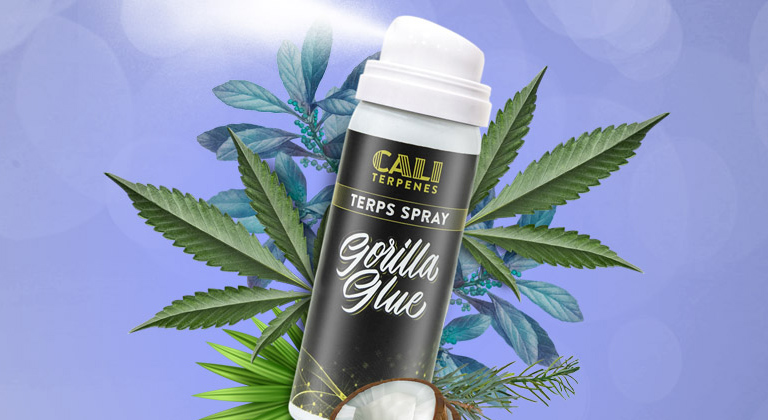
Conclusion
- Not all buds need to have terpenes added to them. If you start off with an aromatic strain, you grow and dry it properly, you’re most likely going to produce a high quality, aromatic yield.
- Adding terpenes to buds that have lost them is simply giving nature its power back; there is absolutely no difference between terpenes such as Linalool that comes from cannabis and Linalool with a different plant origin.
- Cannabis with the right proportion of terpenes will produce an intense aroma and flavor, as well as an optimal effect.
- However, cannabis that doesn’t have much of an aroma is less attractive to the consumer, as well as producing much less effect.
So, what do you think? Did you know about terpenes? Have you tried the power of Terps Spray yet? Let us know in the comments.
Until next time!

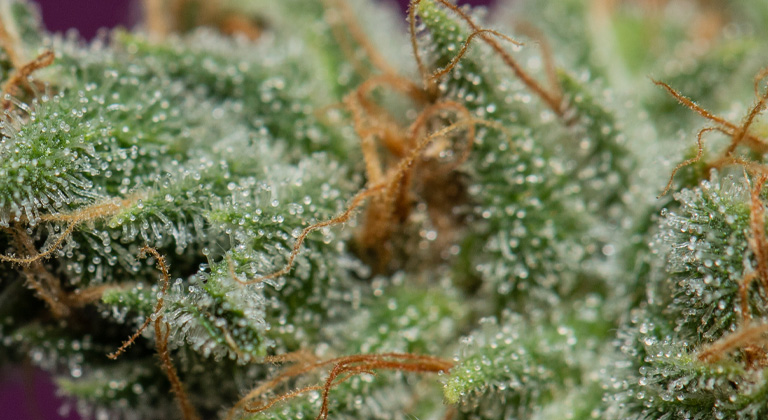
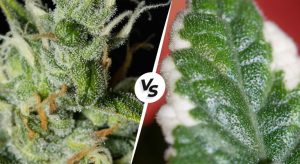



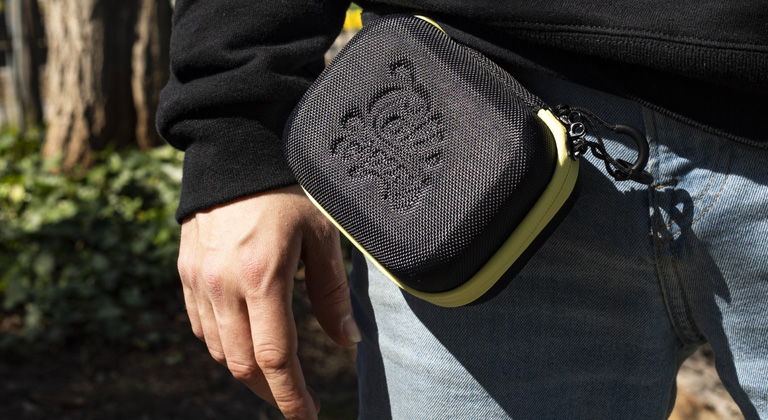
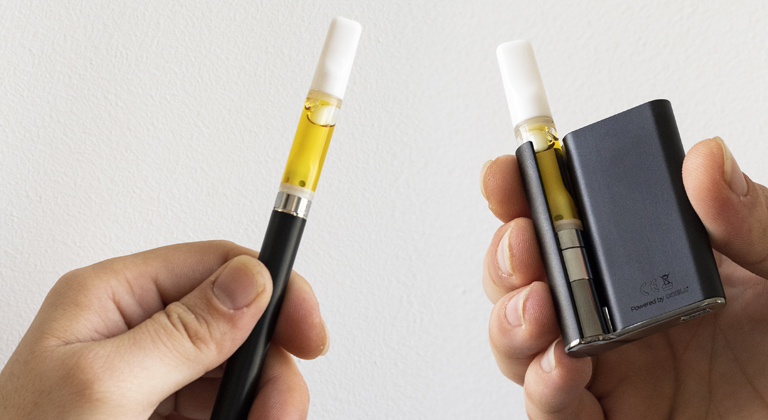


6 thoughts on “Adding Terpenes to Buds; Giving Nature its Power Back”
Realmente interesante, gracias
¡Muchas gracias!
Nos alegra que te haya servido de ayuda el artículo 🙂
Saludos,
Cali Terpenes
but i want to know how i use my Terp Drops on flower. I cant spray it or anything. I tried to drop it on the flower but it felt so wrong.
Hello, the best way to use your terpene drops to scent flowers is by transferring the contents of this bottle into a cosmetic spray bottle. Spraying ensures that the terpenes are evenly distributed across the flowers. While you can also apply them indirectly, the results won’t be as effective. We will soon be adding an accessory to our 1ml terpenes to address this potential issue.
Hugs!
Cali Terpenes
do you offer free samples like others.
Hi Brian,
we offer free samples to companies. If you have a company go to “contact” > “professionals” and make de registration.
Hugs!
Cali Terpenes